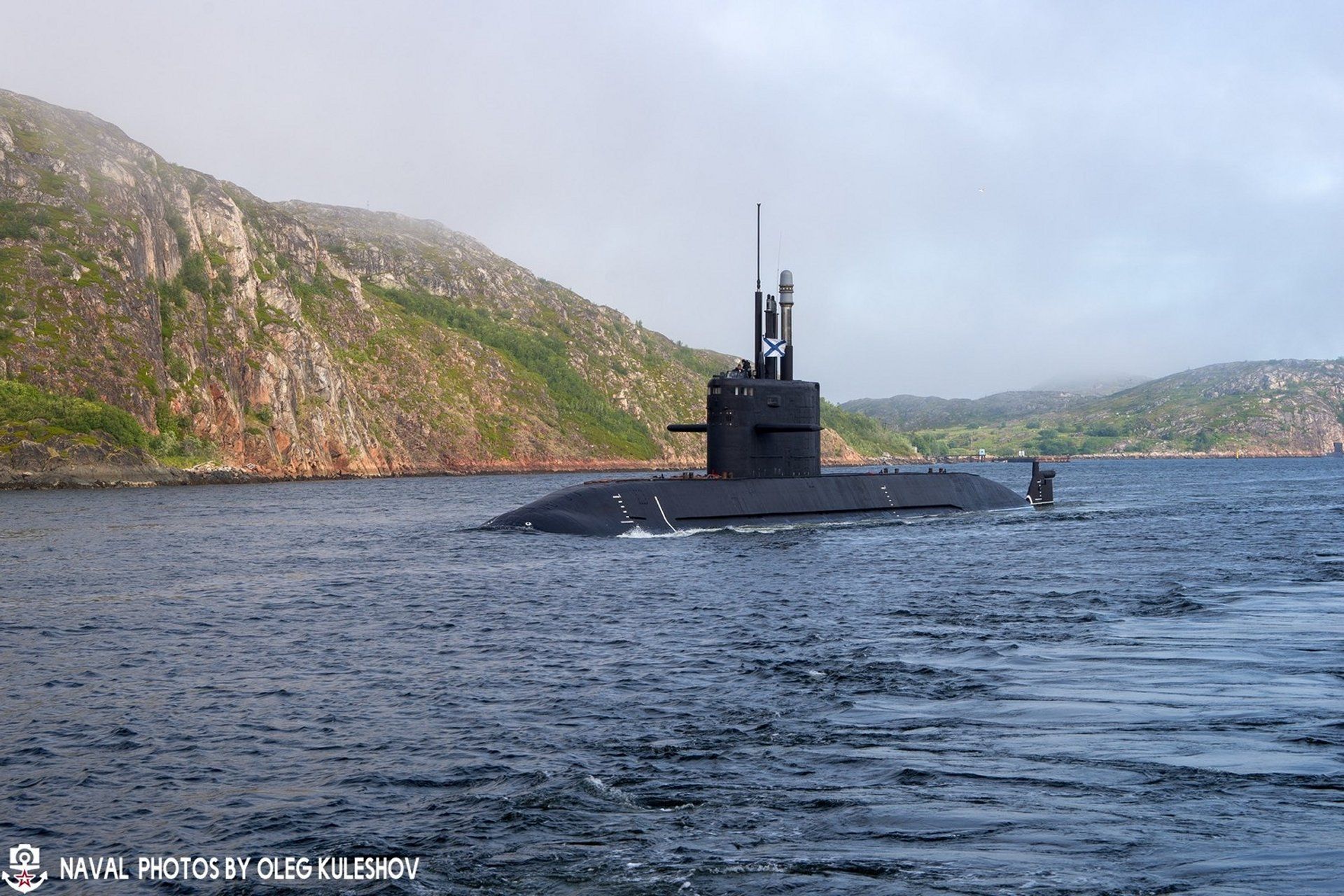Breaking News
Russia's new Lada class submarines could be armed with Aerial and Underwater Drones.
According to information published by Russian sources on August 13, 2024, the latest non-nuclear submarines of the Project 677 "Lada" class could soon be equipped with both maritime and aerial drones.
Follow Army Recognition on Google News at this link

Russian Navy's Lada class submarine Sankt Peterburg. (Picture source: Oleg Kuleshov)
Central Design Bureau (CDB) Rubin is Russia's leading developer of strategic nuclear submarines, such as the Project 955 (Borei), as well as non-nuclear multipurpose submarines like the Project 636 Varshavyanka and the Project 677 Lada.
Vilnit emphasized that the integration of drones into submarine arsenals is not just feasible but necessary. The Lada class and other submarines could be equipped with aerial drones for reconnaissance missions and autonomous underwater vehicles (AUVs) for tasks like mine detection.
These drones, whether airborne or underwater, must be compatible with the dimensions of the submarine's torpedo tubes, either as standalone units or within specialized launch containers. The torpedo tubes are the only launch systems on submarines with sufficiently large calibers to deploy these devices.
Vilnit also mentioned the need for these unmanned systems to be integrated into the submarine's automated combat management system, enabling the execution of various mission types. He noted that while there are additional factors to consider, there are no significant obstacles to deploying drones from submarines.
About the class
The Lada-class submarines, known as Project 677, are a series of fourth-generation diesel-electric attack submarines developed by Russia's Rubin Design Bureau.
Initially intended to replace the aging Kilo-class submarines, the Lada-class faced numerous developmental challenges, particularly with the integration of an Air-Independent Propulsion (AIP) system, which was never fully realized.
The first submarine in the class, the Sankt-Peterburg (B-585), was launched in 2004 but encountered significant technical difficulties during sea trials, leading to delays and a temporary halt in the program.
Despite these setbacks, Russia decided to continue with the project, leading to the commissioning of the second submarine, Kronstadt (B-586), in early 2024. This vessel features several improvements over the prototype, including modernized electric propulsion and enhanced sonar systems.
The third submarine, Velikie Luki (B-587), was launched in late 2022, and construction is ongoing for additional units, with plans to eventually complete eight submarines in total. However, the program's future remains uncertain due to the continued absence of the promised AIP system and competition from other submarine designs, both domestic and international.


























